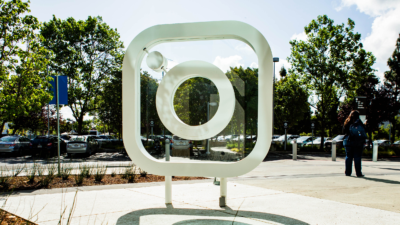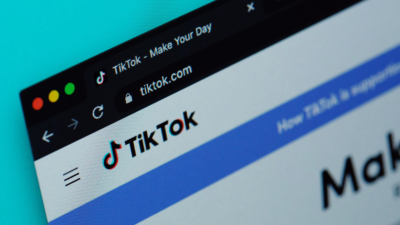
Sign up for smart news, insights, and analysis on the biggest financial stories of the day.
First, Twitter limited how many characters could go into your posts, stripping the national conversation of any remaining nuance. Now it wants to ration the number of tweets you can see in a day.
To ward off “extreme levels of data scraping” from “several hundred organizations,” per owner and current CTO Elon Musk, Twitter on Saturday instituted “rate limits” on how many tweets individual users can see in a day — all of which, some experts hypothesize, may have triggered the effective site-wide blackout for most users for roughly 24 hours.
The Limit Does Exist
With ad revenue in the tank, Musk and Co have turned to new avenues to gin up some cash. With its plan to charge users $8 a month for a coveted blue check proving largely unsuccessful, Twitter’s turned to charging third-party developers exorbitant fees — up to $42,000 a month — for access to Application Programming Interface (API) software, aka, the tools used by third-party developers to access Twitter data and build new apps that interface with the platform.
The previously free API keys have entered the spotlight recently thanks to their role in training large language models such as ChatGPT. To combat the data scraping, Twitter imposed tweet-viewing limits of 6,000 posts per day for Blue Checked members, 600 posts for non-paying users, 300 posts for brand-new members, and zero access for folks with no Twitter account at all (though Musk now says these limits have increased some). And then came what can only be described as a technical hiccup that more or less crashed the entire site.
The brainiacs who traverse the matrix that is Twitter’s back-end code have some pretty sound theories on what, exactly, happened:
- “It appears that Twitter is DDOSing itself,” web developer Sheldon Chang posted on up-start Twitter rival Mastodon this weekend, after observing a bug in Twitter’s web app in which the site inadvertently overloaded itself with requests — much like how malicious hackers often intentionally attack websites.
- The new rate limits “likely created some hellish conditions that the engineers never envisioned and so we get this comedy of errors resulting in the most epic of self-owns, the self-DDOS,” he wrote, adding “It’s amateur hour.” The bug was observed by at least one other software engineer.
On Bluesky, the other upstart Twitter clone, Twitter’s own former head of trust and safety Yoel Roth elaborated on the theory: “There’s a reason the limiter was one of the most locked down internal tools. Futzing around with rate limits is probably the easiest way to break Twitter.”
The Sky is Always Bluer: There’s also a reason social media platforms don’t want to crash, ever. Twitter users experiencing doom-scrolling withdrawal flocked to Bluesky… which subsequently faced performance issues of its own due to the record traffic surge. That said, if anyone has a spare Bluesky invitation laying around…











